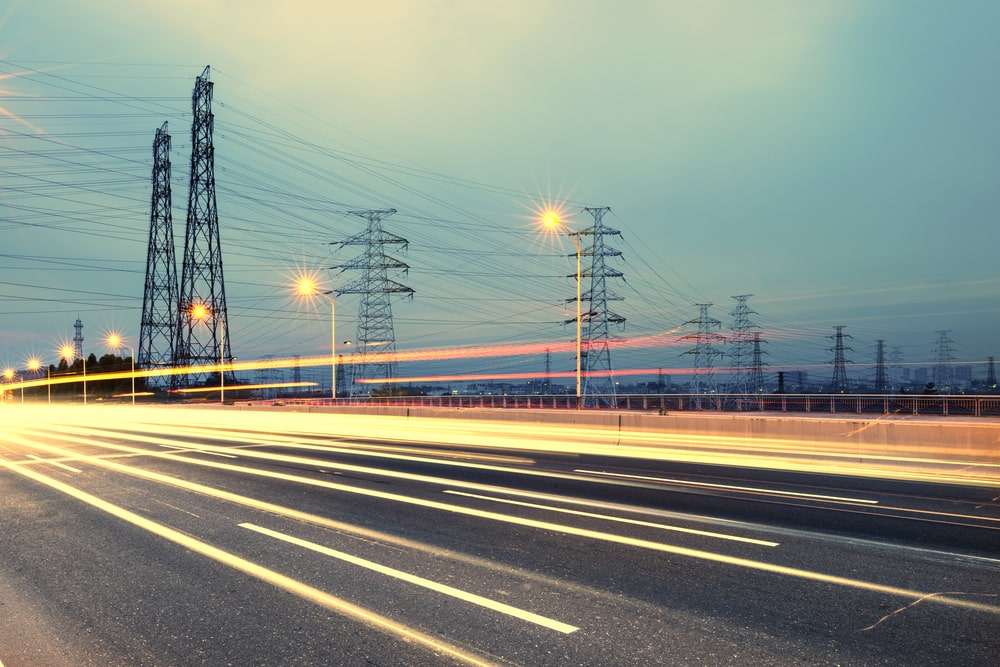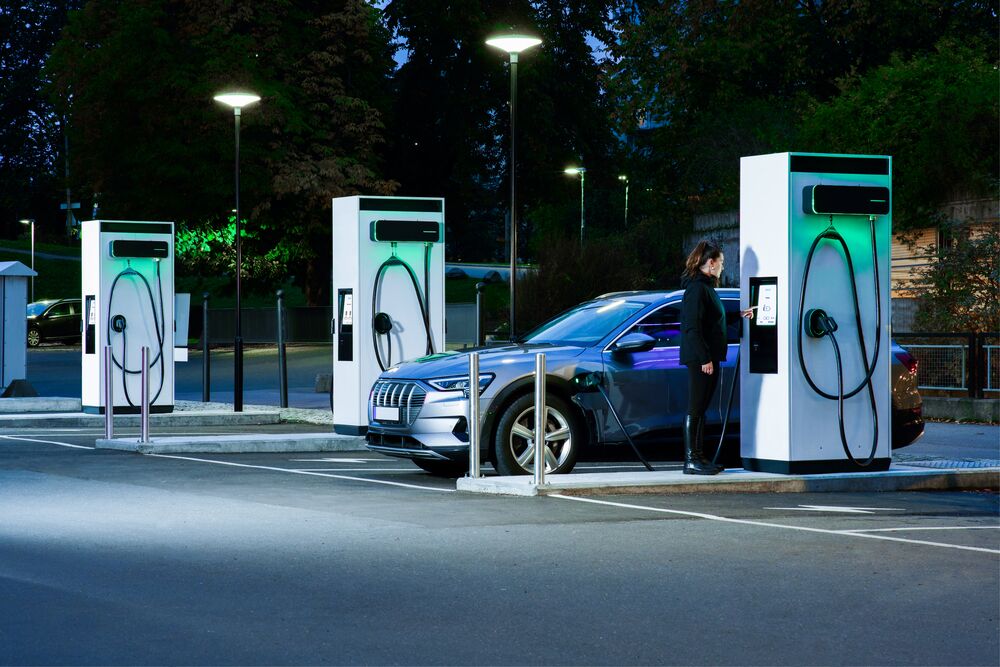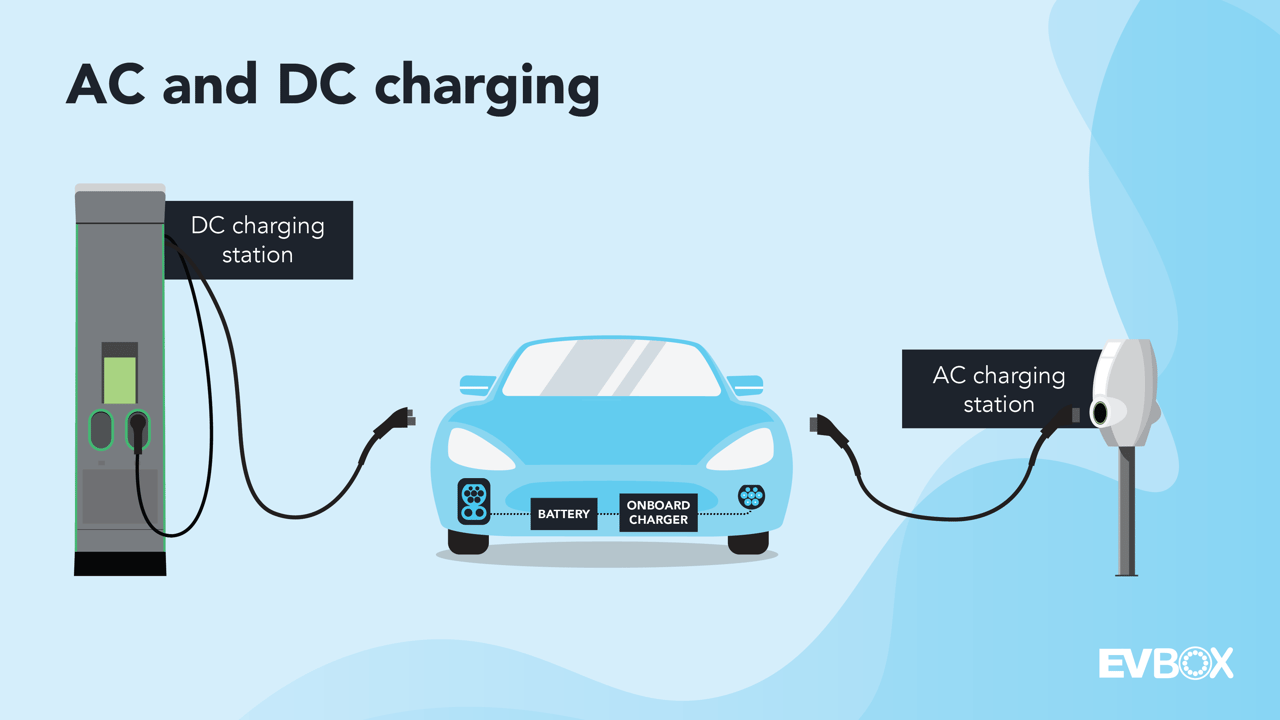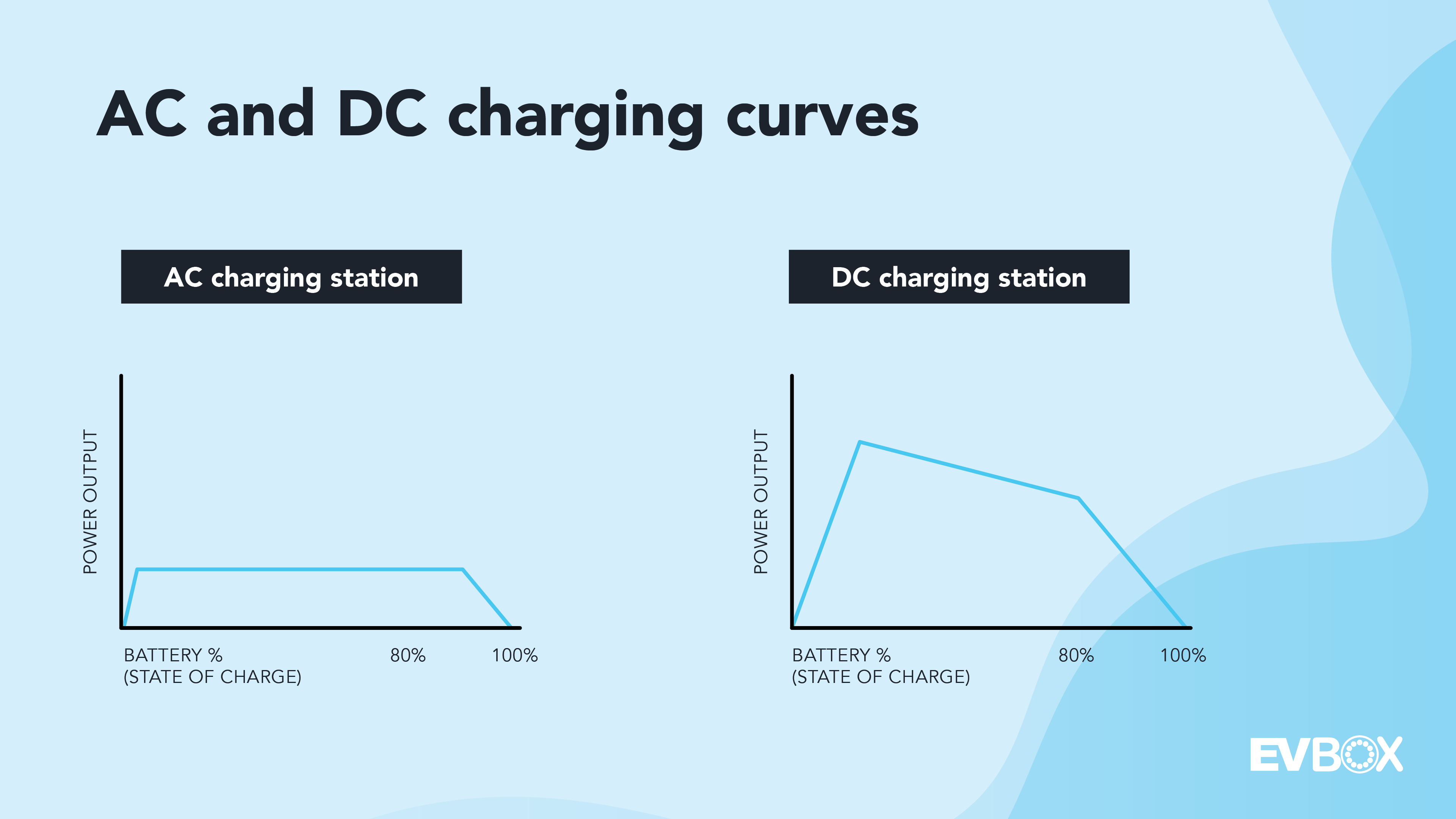
Last updated on April 14, 2023
When it comes to electric mobility, two types of electrical currents can be used to charge an electric vehicle (EV)—AC (alternating current) and DC (direct current).
All home EV chargers and the majority of public charging stations use AC, while DC is used for fast charging.
When we talk about charging an EV, the main difference between AC and DC charging (and the time it takes to do so) is where the conversion from AC to DC happens, i.e. in the vehicle or the charging station.
- The power that comes from the grid is always AC (alternating current).
- The energy stored in batteries is always DC (direct current).
This article explores the differences between AC and DC EV charging and takes a look at how it works.
Last updated on April 14, 2023
When it comes to electric mobility, two types of electrical currents can be used to charge an electric vehicle (EV)—AC (alternating current) and DC (direct current).
All home EV chargers and the majority of public charging stations use AC, while DC is used for fast charging.
When we talk about charging an EV, the main difference between AC and DC charging (and the time it takes to do so) is where the conversion from AC to DC happens, i.e. in the vehicle or the charging station.
- The power that comes from the grid is always AC (alternating current).
- The energy stored in batteries is always DC (direct current).
This article explores the differences between AC and DC EV charging and takes a look at how it works.
The EV charging ecosystem
Electric mobility is more popular than ever, and growing alongside it is the EV charging ecosystem. On paper, the concept is simple: instead of filling up a tank with fuel at the gas stations, EVs plug into a charging station to top up their batteries.
In practice, however, not all chargers are created equal. EV charging stations come in many different shapes, sizes, and use cases. One of the main factors that differentiate them, however, is the type of current they use.

Difference between AC and DC
Before getting technical, there are two things you should keep in mind:
- The power that comes from the grid, i.e., your domestic socket, is always AC (alternating current).
- The energy stored in batteries is always DC (direct current).
AC and DC are two entirely different types of electrical current. Both travel in different directions, flow at different speeds, and have different applications. The hard rock band AC/DC, despite having an album titled “High Voltage,” have nothing to do with electrical currents or EV charging.

AC charging
AC is an electrical current, or flow of charge, that periodically changes direction, i.e., it alternates. AC power can be generated from renewable sources that use rotating generators, such as wind or hydropower turbines. AC can also be efficiently transported over long distances—which is why virtually all of the world’s electricity grids use AC power, and why you can find AC power flowing from the sockets in your home and office.

DC charging
DC always moves in a straight line and can be generated by renewable power technologies such as solar panels. Among other things, DC can be used for energy storage, powering electronics, and LED lighting. Batteries store DC power, and though you may have never realized it, every time you charge your laptop, the charger converts the AC power from the grid into DC power for your laptop’s battery.
In short, we get AC power from the grid and this is converted into DC power so it can be stored in batteries, such as the one used to power an EV.

What is the difference between AC and DC charging?
When we talk about charging an EV, the main difference between AC and DC charging is where the conversion from AC to DC happens. No matter whether an EV uses an AC or DC charging station, the car’s battery will still always store DC energy.
When you use a DC charging station, the conversion from AC (from the grid) to DC happens within the charging station—allowing DC power to flow directly from the station and into the battery. Because the conversion process happens inside the more spacious charging station and not the EV, more powerful converters can be used to convert AC from the grid very quickly. As a result, some DC stations can provide up to 400 kW of power and can fully charge an EV in minutes.
You might be thinking that DC charging might be bad for your battery, rest assured, it's not. We debunked this common myth here.

EV charging curves
Another key difference between AC and DC charging is how their power output fluctuates over the course of a charging session, in other words, the EV charging curve.
AC charging curve
With AC charging, the power flowing to an EV represents a flat line (so, not much of a curve at all). This is due to the relatively small onboard converter that can only handle a limited power spread over longer periods.
DC charging curve
By bypassing the car’s slower onboard converter, DC charging, on the other hand, can deliver much higher power, but its output forms a decreasing charging curve. This is due to the EV's battery initially accepting a high flow of power but gradually taking in less as it reaches full capacity.
As an example, imagine a glass as the EV’s battery, a water bottle as a DC charging station, and the water inside that bottle as the power. At first, you can quickly fill the glass with water, but you’ll need to slow down as you get to the top, so the glass doesn’t overflow.
The same logic can be applied for DC fast and ultra-fast charging. This is why EVs require less power once the battery is around 80 percent full, hence the decreasing power output you see below.

Of course, charging speed and power can vary based on a number of other factorsIf you’re looking to know more about the factors that influence EV charging times, have a look at our in-depth article on the topic.
AC vs DC charging
By now, you probably have a sense that AC and DC charging work quite differently and serve different roles. You might be thinking that since DC charging is faster, it should be your preferred option every time.
While DC charging is fast, it also relies on more bulky and expensive equipment, and requires a high-voltage connection to the power grid, which makes it impossible to install at home.
Because of this high upfront cost, you’ll likely find that DC charging station operators will pass this cost down to you by setting higher prices than an AC charger would. Not to mention that even the slowest dedicated AC charging station will fill up a medium-sized EV overnight, so you probably won’t need to use DC charging for your day-to-day travels.
Where DC charging shines is for quick top-ups on long trips. Depending on your car’s charging capacity and the station’s power output, a DC charger can charge up your EV in under an hour, allowing you to quickly resume your journey.

Want to learn more about EV charging?
While it’s important to understand the type of current used by a charging station to know what you’re getting, there are many more facets to EV charging, including where to find EV chargers, how to use one, and how to pay for it.
If you’re looking to learn more about EV charging, or have just bought your first electric car, have a look at our detailed guide that provides a comprehensive overview of the topic.
Related articles

Smart Charging for Solar EV Systems: What is possible today?
There are a variety of smart solutions available, capable of optimizing your solar EV charging system in different...

Can solar EV charging save you money?
Charging your EV using household solar panels can indeed save you money on your utility bills. How much money solar EV...

How to optimize your solar set-up for charging electric cars at home
There are several ways EV drivers can optimize a homegrown solar system to ensure their EV recharging needs are met....